Nursing Assessment: Physical Health Status in Pelvic Injury Case
VerifiedAdded on 2023/06/09
|8
|517
|460
Presentation
AI Summary
This presentation outlines the assessment of a 15-year-old patient, Diana Prince, who sustained a pelvic injury due to a bicycle accident, resulting in an open book fracture and hypovolemia-induced acute kidney injury. The presentation details how a nurse should obtain accurate information about the patient's physical health status through observation, including assessing bleeding sources and pelvic stability; taking patient history, focusing on previous fractures and family history of osteoporosis; and checking case files for bone mineral density scores, vitamin D levels, and medication uptake. Key questions to ask the patient regarding pain location, intensity, and past injury history are also highlighted. The multidisciplinary team approach involving nephrologists, orthopedic, and trauma surgeons in managing the patient is also emphasized.
1 out of 8
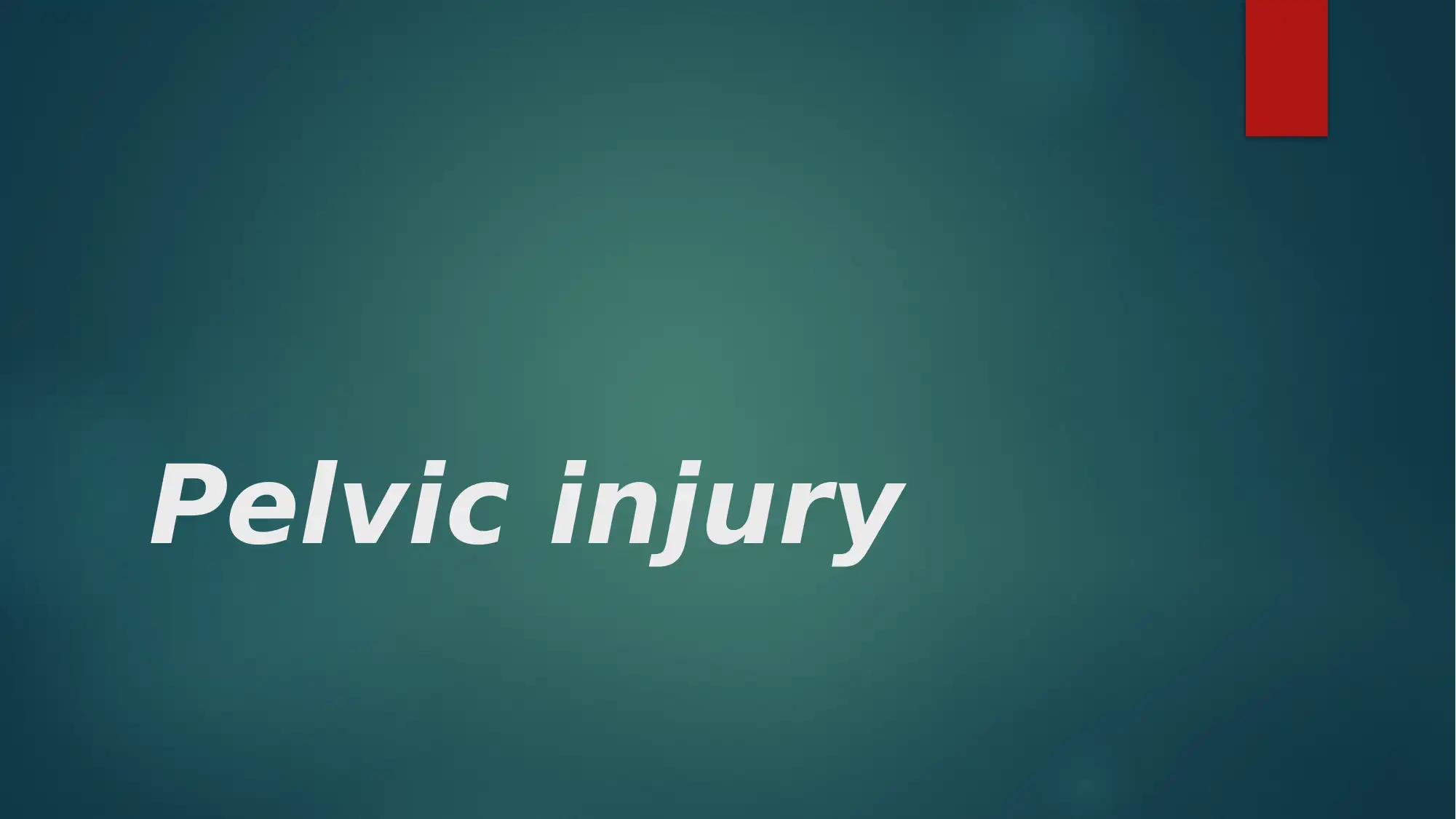
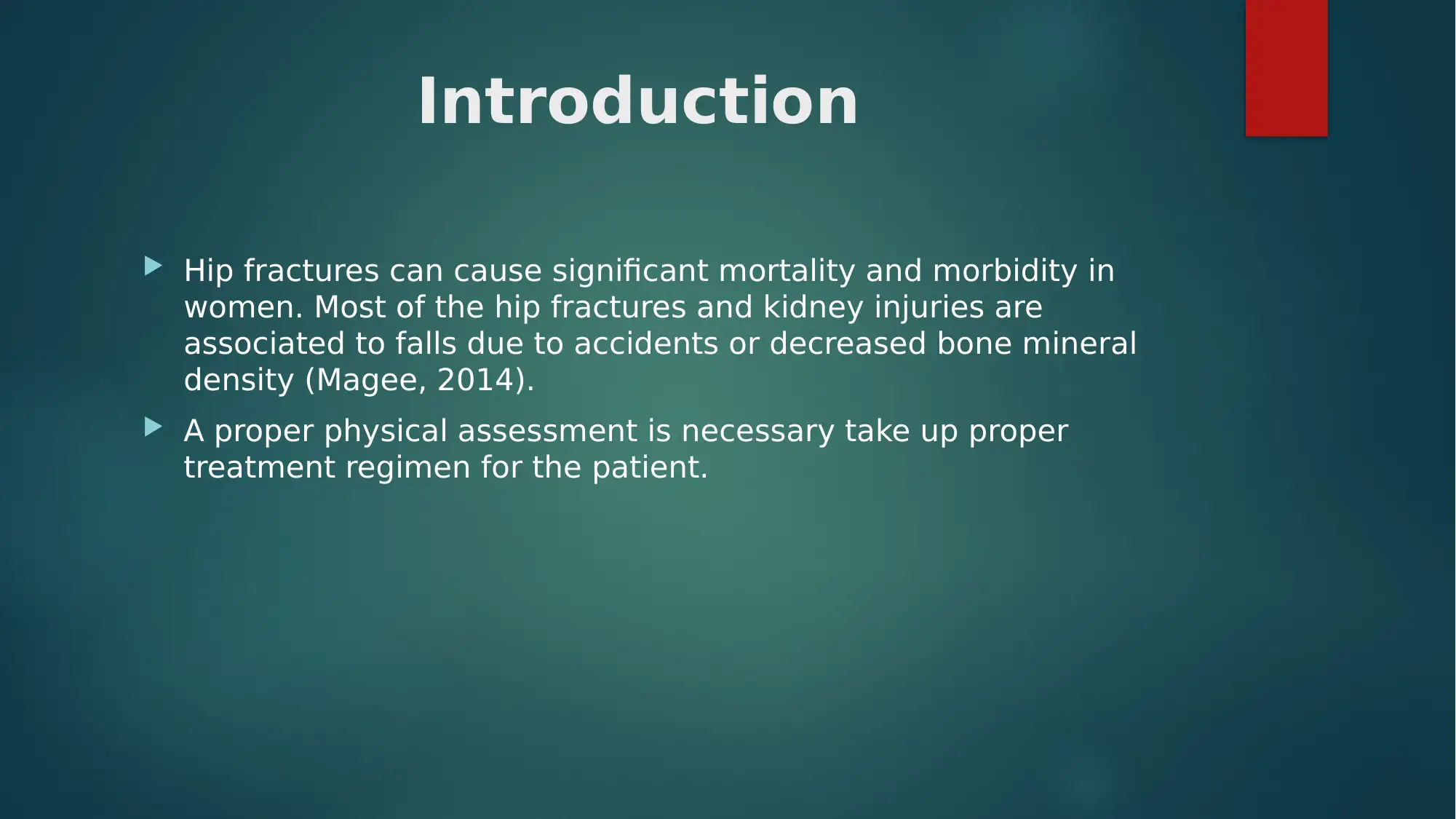
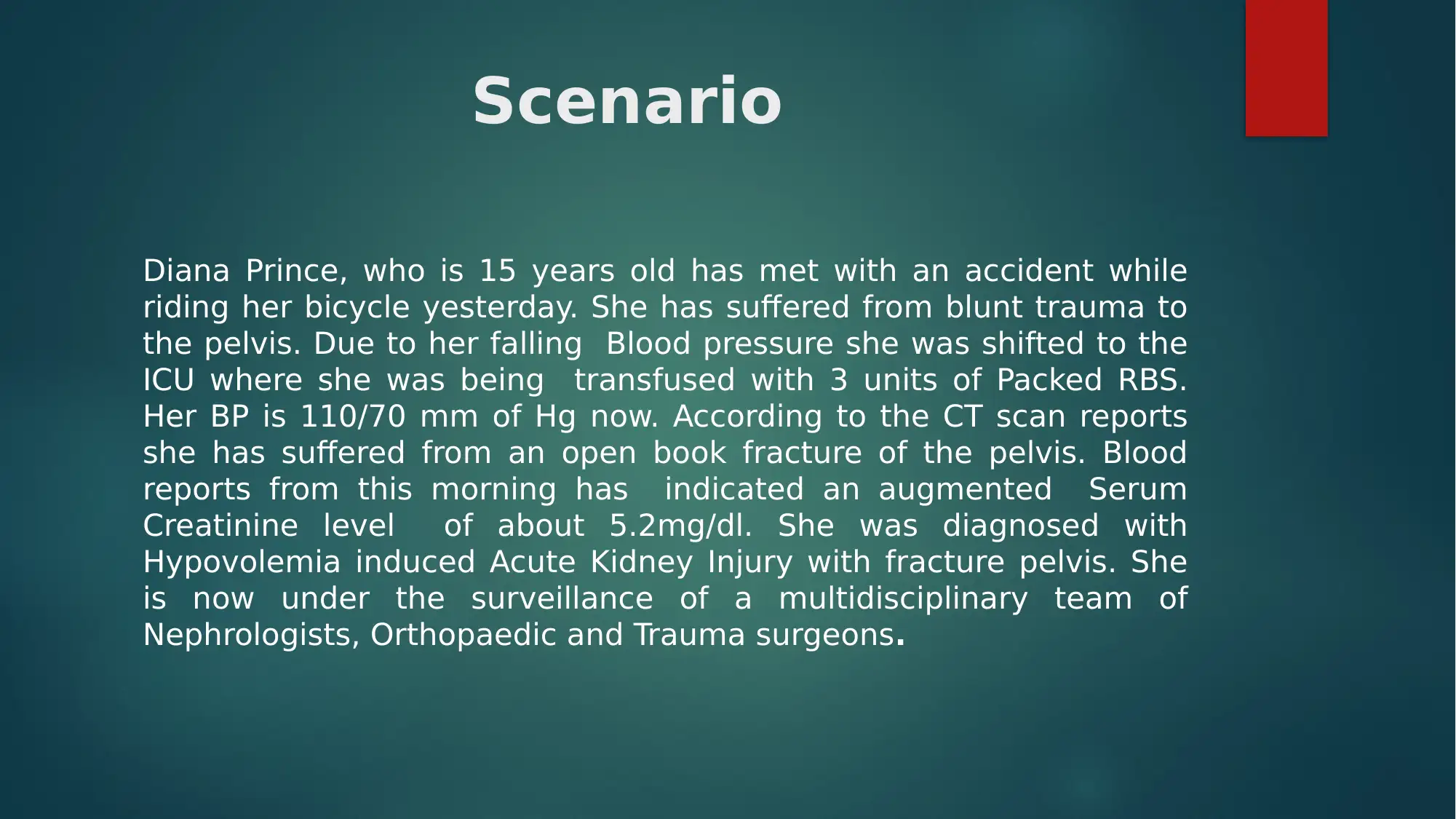

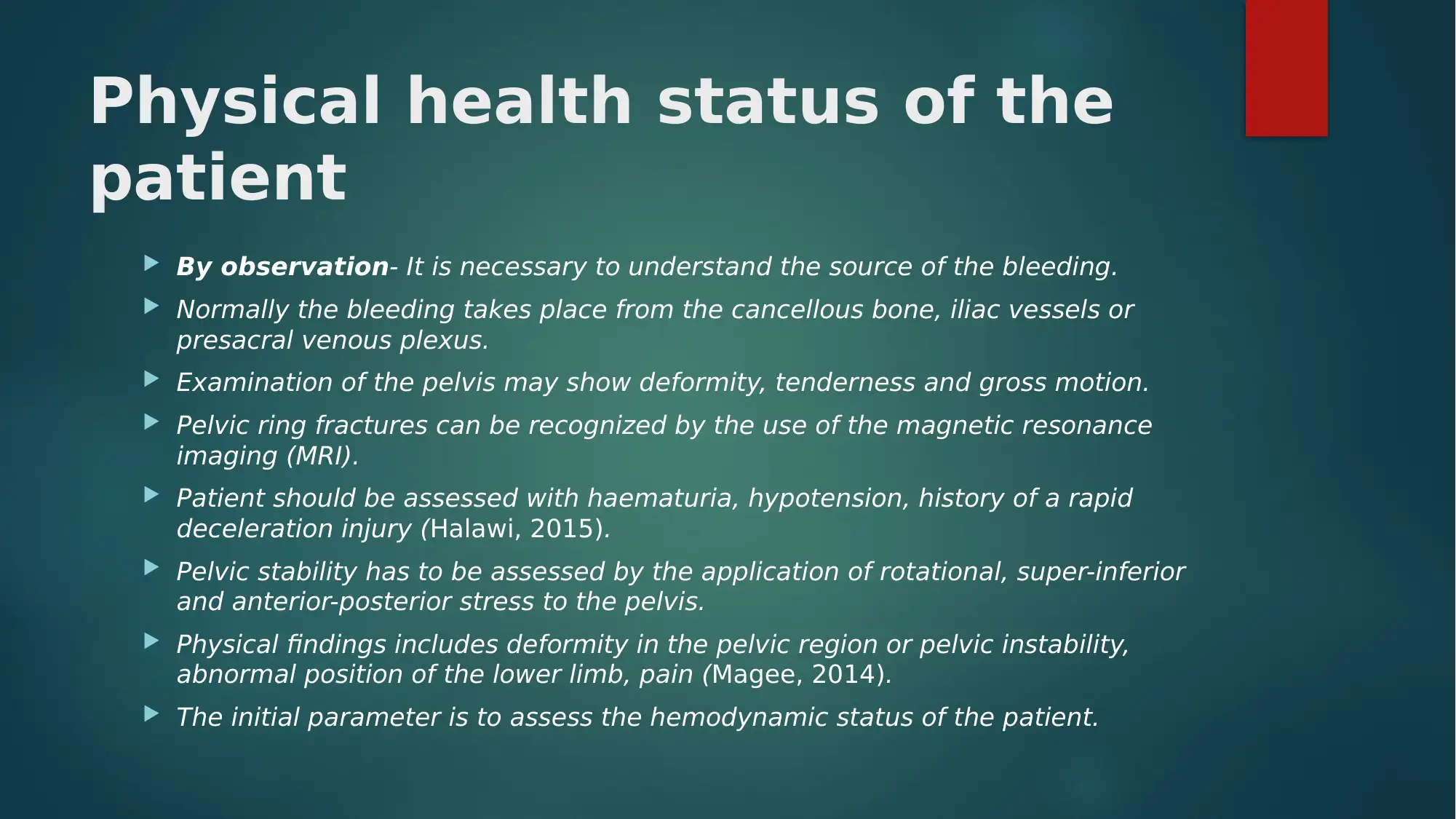
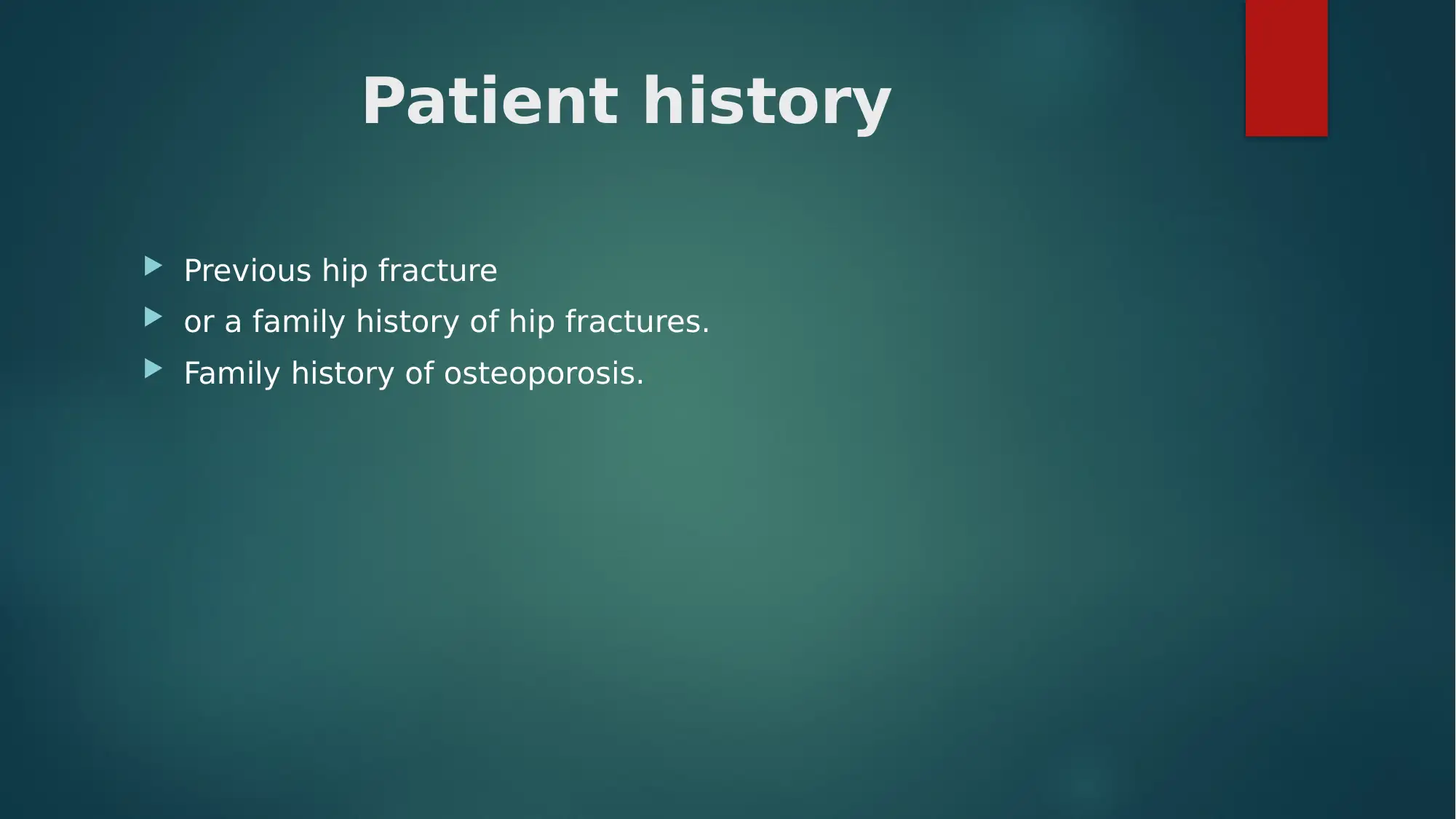
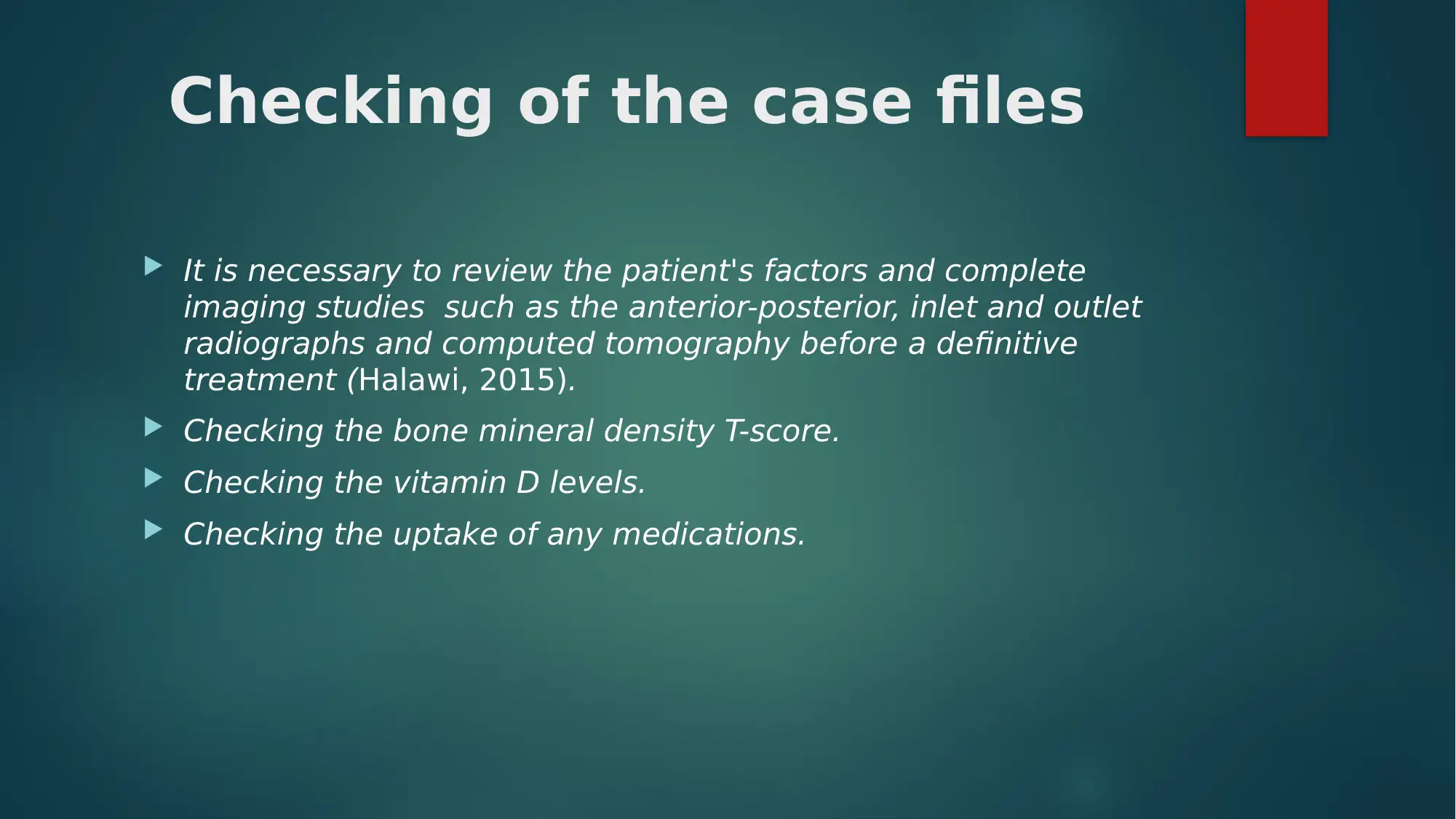

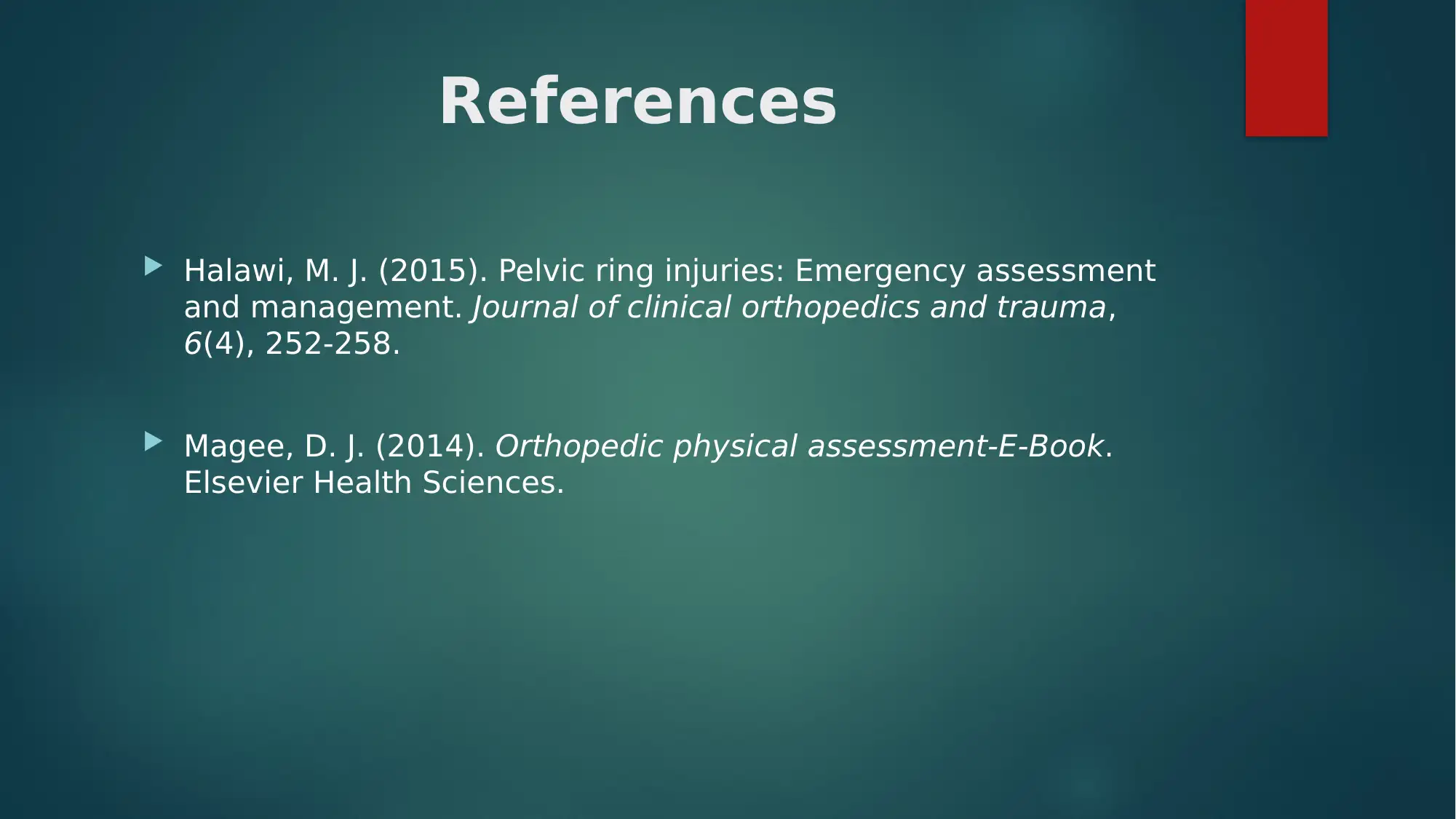


![[object Object]](/_next/static/media/star-bottom.7253800d.svg)